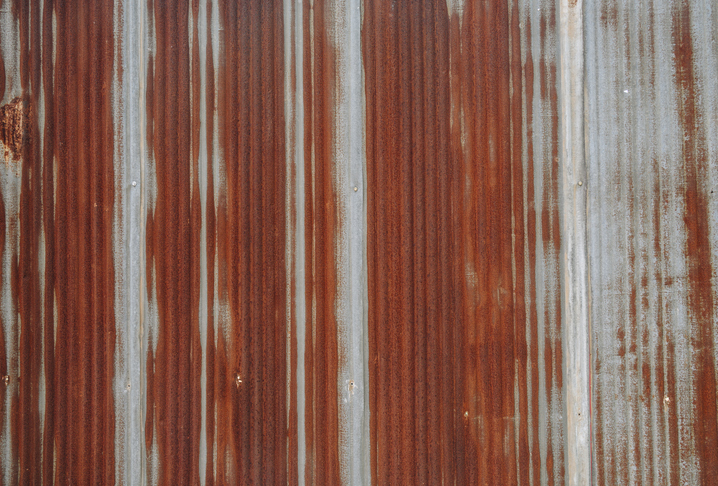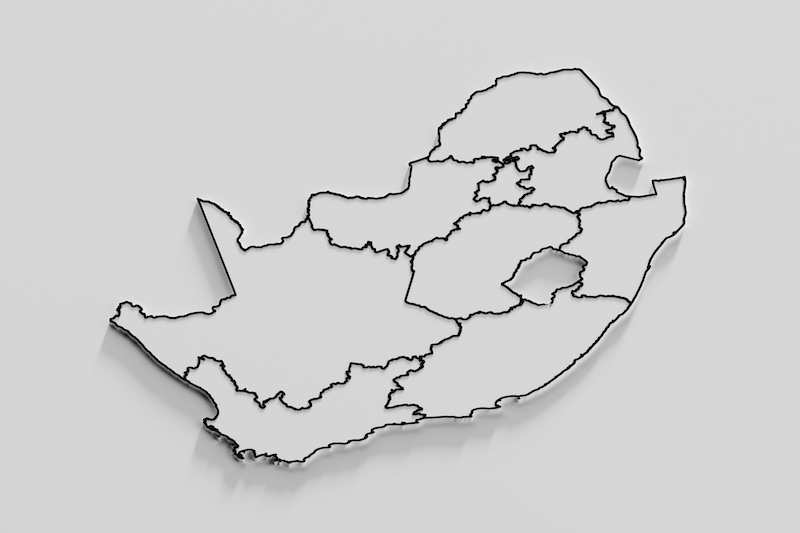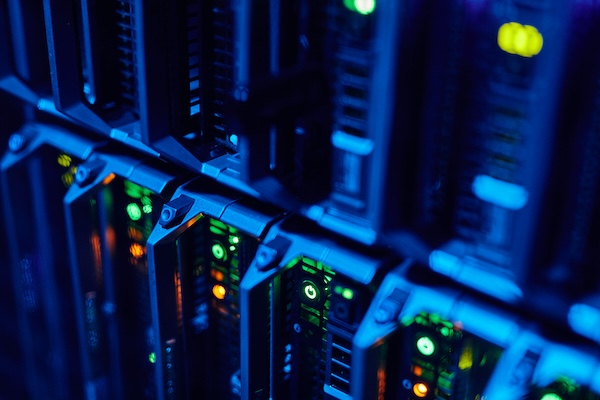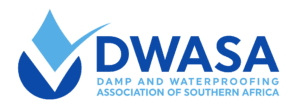When it comes to roofing materials, metal roofs have long been celebrated for their durability, aesthetic appeal, and energy efficiency. However, like any material, metal roofs are not immune to the effects of time and environmental conditions. One of the most significant challenges facing metal roofs is corrosion. Understanding the lasting effects of corrosion and how to effectively maintain metal roofs can help property owners extend the life of their roofs, enhance their performance, and ensure their aesthetic appeal for years to come.
Understanding Corrosion
Corrosion is a natural process that occurs when metals react with environmental elements, leading to deterioration. This process can be accelerated by factors such as moisture, temperature fluctuations, and exposure to pollutants. For metal roofing materials, common culprits include rain, snow, humidity, and even acidic substances from nearby vegetation or industrial activity.
While corrosion may seem like a minor issue at first, it can lead to significant problems over time. The effects of corrosion are not only structural but can also impact energy efficiency and aesthetic appeal. Therefore, recognizing the signs of corrosion and taking proactive measures in maintenance is crucial.
The Process of Corrosion in Metal Roofs
Corrosion typically begins with minor surface damage, such as scratches or dents, which can expose the underlying metal to moisture. Over time, this exposure can lead to rust formation, especially in ferrous metals like steel. Even non-ferrous metals, such as aluminum, can experience corrosion through a process known as galvanic corrosion when in contact with dissimilar metals.
As corrosion progresses, it can create holes and structural weaknesses in the roof. This deterioration can compromise the roof’s ability to shed water effectively, leading to leaks and potential water damage in the underlying structure. In addition to structural concerns, corrosion can also create unsightly stains and discoloration that detract from the roof’s appearance.
Lasting Effects of Corrosion on Metal Roofs
- Structural Integrity: One of the most significant effects of corrosion is the compromise of the roof’s structural integrity. As metal weakens due to corrosion, it may no longer be able to support weight of repair staff or other loads, leading to sagging or, in extreme cases, collapse.
- Increased Maintenance Costs: Ignoring the early signs of corrosion can lead to more extensive damage, resulting in costly repairs or even complete roof replacement. Regular maintenance and prompt attention to minor issues can save property owners substantial expenses in the long run.
- Energy Efficiency: A corroded metal roof may not perform as efficiently as a well-maintained one. Corrosion can create gaps and openings that allow air to escape, leading to increased heating and cooling costs. A roof in good condition helps maintain indoor temperatures, contributing to energy efficiency.
- Aesthetic Degradation: Corrosion can lead to unsightly discoloration, rust stains, and a generally worn appearance. This not only affects the curb appeal of the property but can also decrease its overall value. For commercial properties, this can impact customer perception and business reputation.
- Environmental Impact: As metal roofs corrode, they can release harmful substances into the environment. Rust and other corrosion byproducts can contaminate rainwater runoff, potentially affecting local ecosystems and water quality.
Preventative Roof Maintenance: A Key to Longevity
To mitigate the effects of corrosion, proactive maintenance is essential. Here are some friendly tips for maintaining metal roofs and preventing corrosion:
- Regular Inspections: Schedule routine inspections at least twice a year, ideally in the spring and autumn. Look for signs of rust, scratches, or any damage that could expose the metal to moisture.
- Cleanliness is Key: Keep your metal roof clean by removing debris, leaves, and dirt. Accumulated organic matter can trap moisture and promote corrosion.
- Apply Protective Coatings: Consider applying a high-quality protective coating or sealant designed for metal roofs. These coatings can provide an additional barrier against moisture and corrosion.
- Manage Vegetation: Trim back any overhanging branches or foliage that may come into contact with the roof. This prevents scratches and reduces the accumulation of debris.
- Address Minor Damages Promptly: If you notice scratches or minor corrosion, address them immediately with touch-up paint or rust-inhibiting primers. This can prevent further damage and extend the life of the roof.
- Consult Professionals: When in doubt, consult a roofing professional. They can provide expert guidance, perform thorough inspections, and recommend the best maintenance practices tailored to your specific roofing material.
Conclusion
Corrosion is an inevitable part of the lifecycle of metal roofs, but its lasting effects need not be detrimental. With regular maintenance, attention to detail, and a proactive approach, property owners can significantly extend the life of their metal roofs, enhance their performance, and maintain their aesthetic appeal. By investing time and resources into proper care, you can ensure that your metal roof remains a reliable and beautiful part of your property for many years to come. Remember, a little maintenance today can save you a lot of trouble tomorrow!
Feel free to find more information at https://dampcon.com/roof-maintenance/ or contact us at https://dampcon.com/contact/ or https://www.linkedin.com/company/dampcon/ and one of our technical advisors would gladly assist you with roof maintenance and corrosion prevention.





